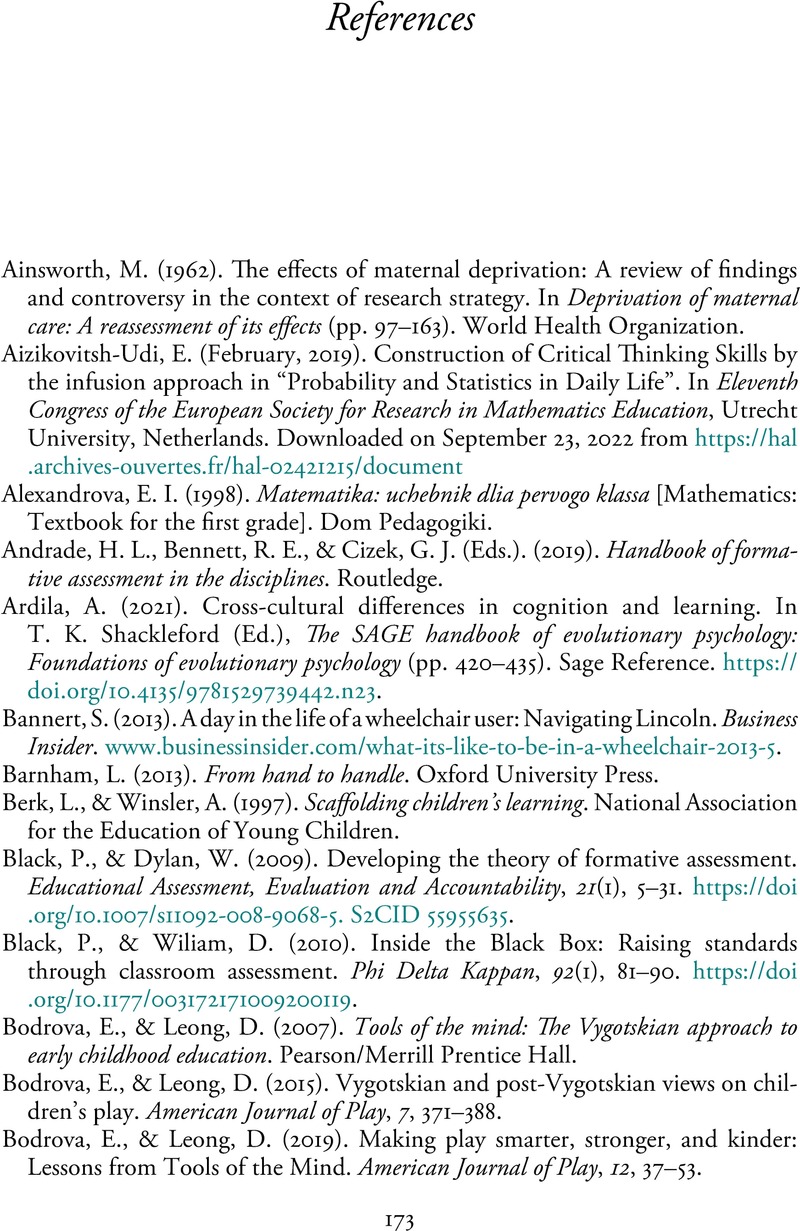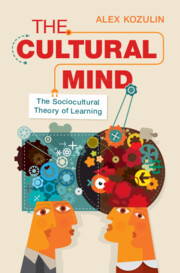Book contents
References
Published online by Cambridge University Press: 09 November 2023
Summary

- Type
- Chapter
- Information
- The Cultural MindThe Sociocultural Theory of Learning, pp. 173 - 180Publisher: Cambridge University PressPrint publication year: 2023



